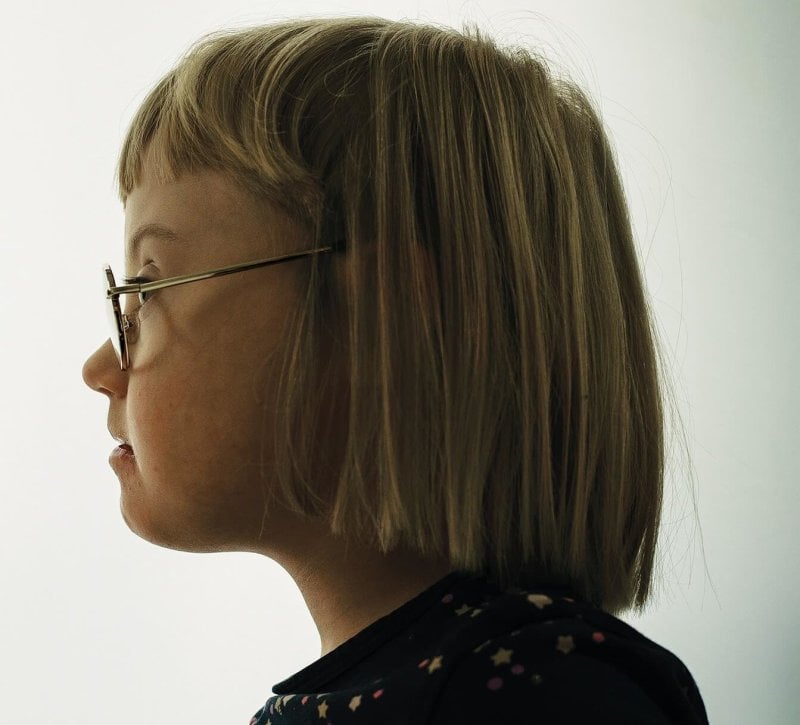[I]n 2004, Denmark became one of the first countries in the world to offer prenatal Down syndrome screening to every pregnant woman, regardless of age or other risk factors. Nearly all expecting mothers choose to take the test; of those who get a Down syndrome diagnosis, more than 95 percent choose to abort.
…
[T]he pattern of high abortion rates after a Down syndrome diagnosis holds true across Western Europe and, to a somewhat lesser extent, in the United States. In wealthy countries, it seems to be at once the best and the worst time for Down syndrome. Better health care has more than doubled life expectancy. Better access to education means most children with Down syndrome will learn to read and write. Few people speak publicly about wanting to “eliminate” Down syndrome. Yet individual choices are adding up to something very close to that.Follow the latest news and policy debates on sustainable agriculture, biomedicine, and other ‘disruptive’ innovations. Subscribe to our newsletter.
To test and end a pregnancy because of Down syndrome is to become someone who chose not to have a child with a disability. To test and continue the pregnancy after a Down syndrome diagnosis is to become someone who chose to have a child with a disability… There is no neutral ground, except perhaps in hoping that the test comes back negative and you never have to choose what’s next.































